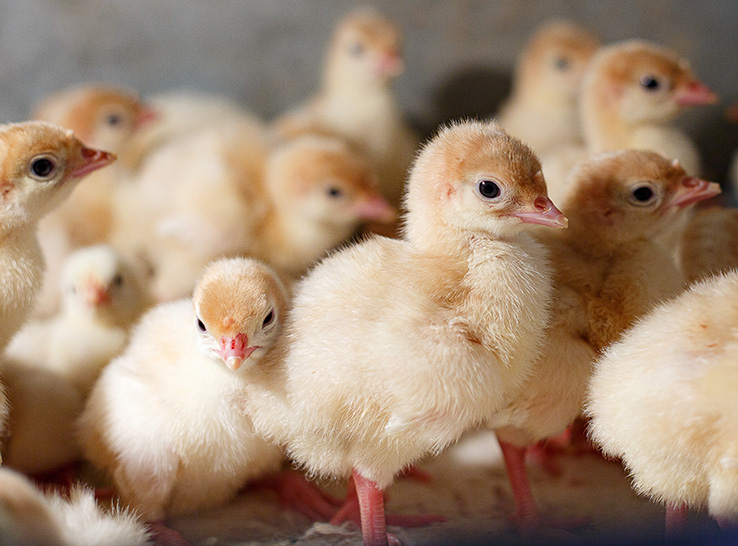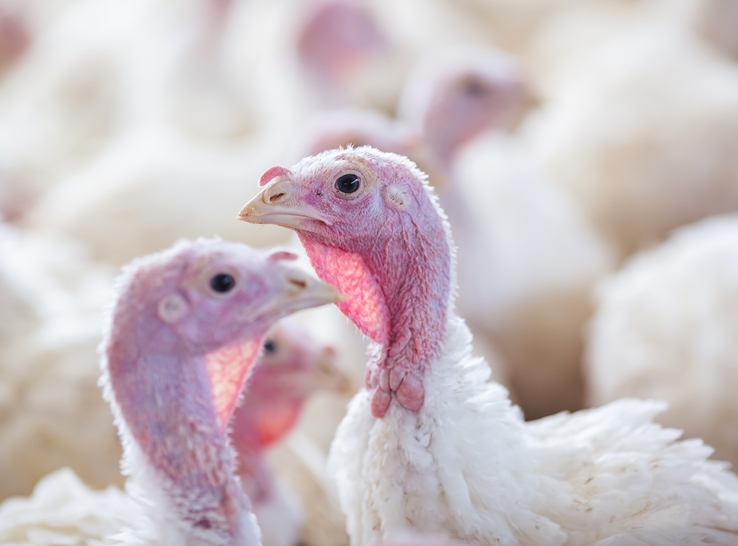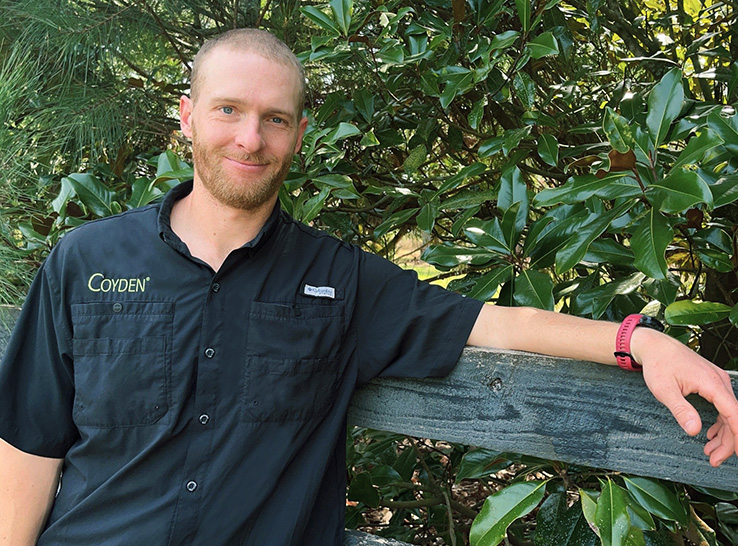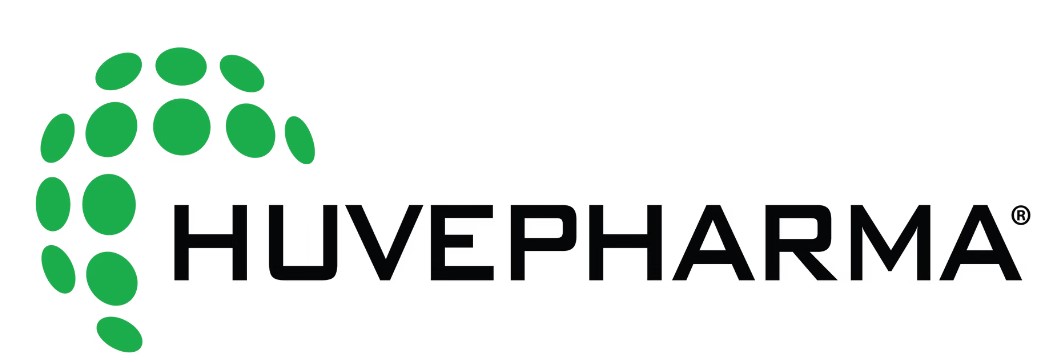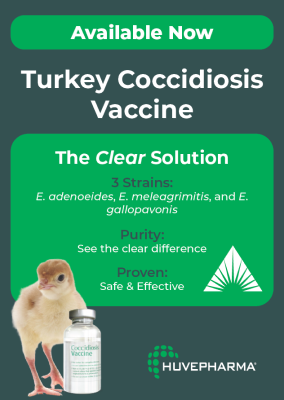By David D. Smith, DVM
Director of Poultry Technical Services
Huvepharma
For the past 10 years, necrotic enteritis (NE) — a bacterial disease in chickens that affects the small intestine — has consistently been ranked as one of the top disease issues in commercial broiler production in the US Animal Health Association Annual Report, with an estimated economic impact of over $2 billion worldwide.1
NE is caused by an overgrowth of the bacterium Clostridium perfringens. The disease is most common in young chickens and is characterized by a peracute onset of depression and diarrhea followed by high mortality (50% or greater). The primary gross lesion is necrosis of the mucous membrane of the small intestine.
NE is both an infection and a toxic exposure. C. perfringens produces four distinct toxins — alpha, beta, epsilon and iota — which can be used to differentiate the bacterium into five toxigenic types (A-E). Two of the toxins, alpha and beta (netB), are the most important ones in the pathogenesis of the disease.
Contributing factors
There are multiple factors that can contribute to the development of clinical NE. Any factor that disrupts the intestinal microflora can result in an overgrowth of C. perfringens, leading to the development of the disease. These factors include infection with Eimeria, which causes coccidiosis, as well as dietary factors.
Intervention strategies have focused primarily on preventing this bacterial overgrowth and managing coccidiosis, which predisposes flocks to NE infection.
Traditional intervention strategies have focused on in-feed antimicrobial medications that are effective against C. perfringens. Flocks medicated with ionophores — a type of antibiotic used for decades to help prevent coccidiosis — tend to show a lower incidence of NE.
Over the past decade, the increased consumer demand for the reduction or elimination of antimicrobial use in broiler production has led to an increased incidence of NE. This trend has resulted in the need for alternative intervention strategies to control NE.
Alternative treatments
Numerous products have been proposed to help manage NE in flocks not receiving antibiotics. These include probiotics, prebiotics, organic acids and phytogenics.
The common thread with these products is a lack of an efficacy claim approved by a regulatory agency. Although these types of products have demonstrated value in some flocks, they do not perform as consistently as government-approved medications.
Another option for managing C. perfringens in flocks raised without antibiotics has been to use vaccines to stimulate an immune response. In the past, an adjuvanted vaccine based on alpha toxoid from Type A C. perfringens was available for use in chickens. Unfortunately, the adjuvanted nature of this vaccine limited its use in commercial broiler production to replacement pullets for maternal antibody transfer.
Also, research has shown that passive immunity against C. perfringens is brief — persisting for only about 3 weeks — limiting the practical value of this strategy.
New NE vaccine
More recently, a live vaccine against NE was licensed by USDA. Called Avert® NE, this vaccine allows for active immunization of broilers and consists of a Salmonella Typhimurium vector, which expresses C. perfringens genes coding for a fragment of alpha toxin and the netB toxin.
This vaccine is based on recombinant attenuated Salmonella vaccine (RASV) technology, which uses targeted genetic modifications to limit the replication of the Salmonella vector via programmed lysis. These genetic modifications prevent the vector from producing certain sugars that are needed for the bacteria to replicate. Since these essential nutrients are not readily available in nature, the vector is limited in it’s ability to replicate and persist.
Research has shown that the Salmonella vector does not persist in vaccinated birds 7 days post-vaccination. This unique approach exposes the vaccinated birds to the alpha and netB toxoids for a sufficient time to elicit active immunity while limiting the potential for the vector to persist.
Research has demonstrated that the live NE vaccine is efficacious in reducing mortality due to NE in chickens vaccinated at day-of-age. In addition, the vaccine has been shown to be safe, with no reversion to virulence, no spread to non-vaccinated chickens and no spread to multiple avian and mammalian non-target species.
This efficacy and safety data for the vaccine met the USDA Center for Veterinary Biologics’ rigid standards for licensing. Today, the novel RASV vaccine is the only USDA-licensed vaccine currently available to protect chickens against NE.
After more than 1.1 billion doses used in US flocks, the NE vaccine has shown to be an effective intervention strategy for preventing NE in commercial production settings. With the continued reductions in the use of antimicrobials, the availability of this vaccine gives US poultry producers a viable alternative for preventing NE that comes with the reassurance of a regulated claim.
1 Timbermont L, et al. Necrotic enteritis in broilers: an updated review on the pathogenesis. Avian Pathol. 2011;40(4):341-347.
Editor’s note: Content on Modern Poultry’s Industry Insights pages is provided and/or commissioned by our sponsors, who assume full responsibility for its accuracy and compliance.

